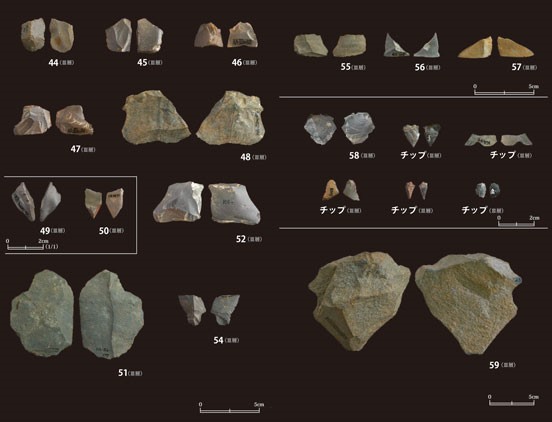Why is Japanese notation so complicated?
I would like to explain the reasons.
Chinese characters(漢字) entered Japan in earnest in the 4th and 5th centuries. With the establishment of the Imperial Court system in Japan, the need for a written notation system seems to have increased. Official documents were generally written in the Chinese language of the time, but outside of official documents, Japanese gradually began to be written in Japanese based on Japanese grammar, borrowing Chinese characters.
Chinese and Japanese have completely different grammars. Japanese belongs to the Ural-Altaic language group, which is the same group as Turkish, Mongolian and Korean. It is an agglutinative language, in which nouns, verbs, adjectives and adjectival verbs are connected by particles and auxiliary verbs. Verbs, adjectives and adjectival verbs have conjugations. The subject comes at the beginning of the sentence, but is often omitted. The predicate comes at the end of the sentence and the tense is determined by the auxiliary verb at the end of the sentence. Chinese grammar is similar to Indo-European.
How did the ancient Japanese attempt to use Chinese characters to write the Japanese language some 1,500 years ago?
Chinese characters are both ideographic and phonetic. Every character has a meaning. Therefore, it is possible to write a Japanese word using a number of different Chinese characters.
Examples:
⑴ Notation in Chinese characters based on sound
Ex. Japanese: 夜麻・也末[yama] means mountain … Chinese: 夜[yia] 也 [yia] + 麻 [ma] 末 [muat].
From this notation, in which one Chinese character corresponds to one sound in Japanese, hiragana(ひらがな)and katakana(かたかな) were created around the 9th century. In other words, hiragana letters and katakana letters represent sounds.
⑵ Notation in Chinese characters based on meaning
Ex. Japanese: 山 [yama] means mountain … Chinese: 山 [sʌn] means mountain
Again, as Chinese characters are both phonetic letters and ideograph, each character has its own meaning. Japanese has many homonyms, so it is difficult to understand the meaning of a word by sound alone. Ideograms have the advantage that the meaning can be recognised at a glance. Many Japanese noun and verb notations have adopted Chinese characters for their meaning. However, the pronunciation of these characters is a mixture of Japanese pronunciation and the Chinese pronunciation of the time. Japanese words not found in Chinese were later written in hiragana and katakana.
( The Chinese pronunciation is the sound of the Sui and Tang Dynasties and is based on Todo’s Hanwa Daijiten (Dictionary of the Chinese Language).)
Reference: Kanwa daijiten Akiyasu Todo, GAKKEN HOLDINGS CO., LTD. 1978
Image of the page head: Tokyo National Museum Collection, Sumiyoshi-monogatari Emaki,13c.

